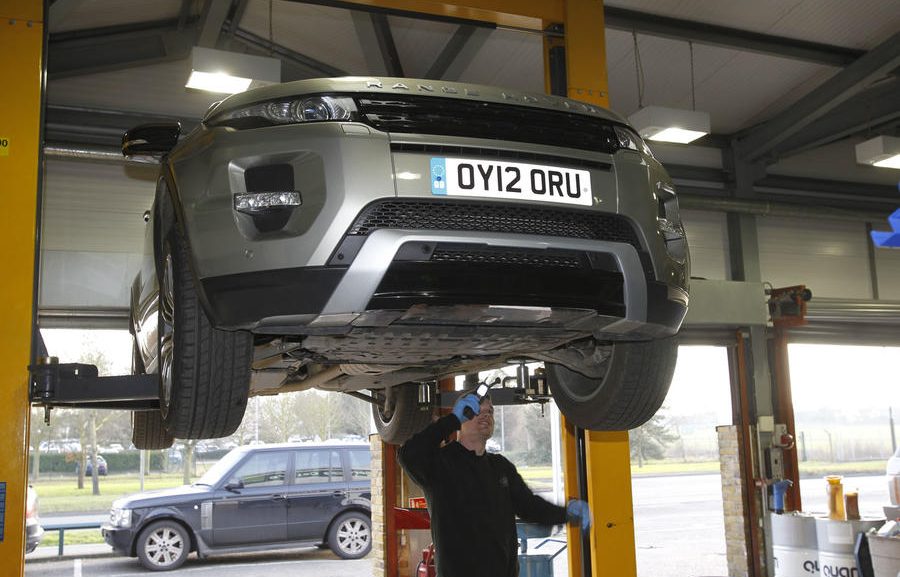[ad_1]
To pass, a vehicle must conform to a strict set of safety and emissions criteria, with precise requirements varying according to its size, age and class. If any faults are identified as dangerous or illegal, the vehicle will automatically fail, but less significant shortcomings – such as a nearly worn-out tyre or rusty exhaust – will be listed as an ‘advisory’ and will likely need to be rectified before the next test.
Drivers can visit any one of around 20,000 licenced MOT stations in Britain, with the average test lasting around 45 minutes.
How much does it cost?
As of 2010, the maximum fee a garage can charge for an MOT test is £54.85 for cars and light vans. This price covers all aspects of the procedure including admin charges, material costs and labour.
If a vehicle fails its test, it can remain at the garage for repair and be submitted for a free partial re-test within 10 working days. When this time has elapsed, however, it will need to undergo the whole test again wherever it is taken. If an owner chooses to repair the vehicle themselves or take it to a different garage, it can be re-tested within the 10-day period for half the original cost.

Drivers should note that a re-test discount is only applicable once. If your vehicle fails twice, you have to pay the full cost of the next MOT test.
How can I check if my car is MOT’d?
Most garages will offer to send you a free reminder text in the run-up to your scheduled MOT date, but running a vehicle’s numberplate through https://www.gov.uk/check-mot-history will tell you when its current certificate expires.
How to check your MOT history online
The gov.uk MOT checker can also be used to review previous MOT tests, with comprehensive information available on past advisories and failures. This is useful if you need to remind yourself of what needs fixing before heading to the garage, or if you’re deciding whether or not to buy a second-hand car.
Particular attention should be paid to the history of non-consumable parts like the suspension mounts, chassis and lower body as failure in these areas will be costly to repair, and likely fatal for older cars. It’s worth remembering that items such as tyres, ball joints, headlights and brake pads wear out anyway, and should be replaced as recommended.
Is my car exempt from MOT?
Cars less than three years old do not need to be put through an MOT test, as it’s assumed their condition will not dangerously deteriorate while they’re still ‘new’. Any areas of concern will likely be pointed out to an owner and repaired during a dealership check-up or service anyway.
[ad_2]
